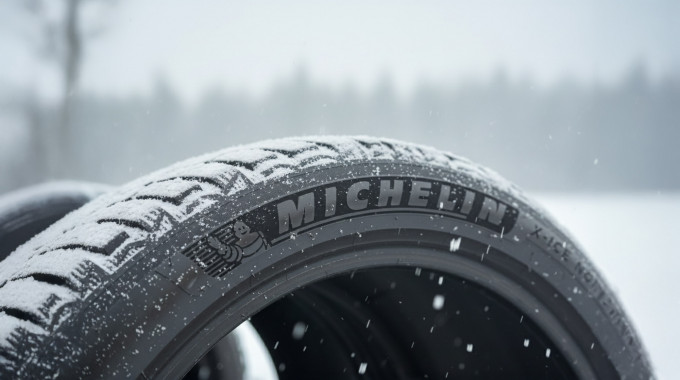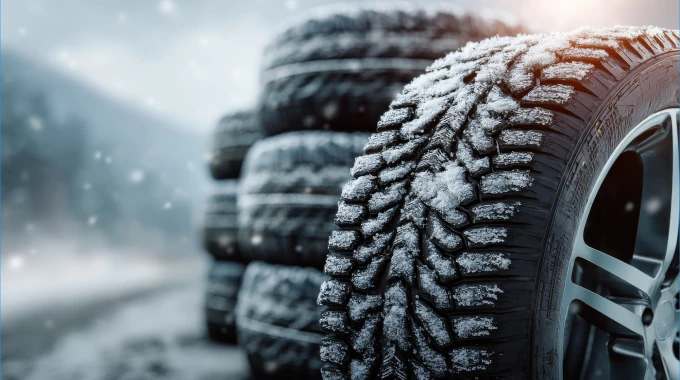
8 Tips To Help You Beat Car Depreciation
A fact of car ownership that’s hard to get away from is depreciation. You can expect that most brand new vehicles will depreciate by more than 20% in the first year alone.
8 Tips To Minimize Car Depreciation
If you can’t wrap your head around giving up that much value, you aren’t alone. Like most Canadians, you can think of dozens of ways to spend that money more wisely, right? Here are eight tips that car buyers can employ to minimize the pain of depreciation.
1. Choose a mainstream make & model
Since depreciation is closely tied to how popular a vehicle is, it’s a great idea to consider models that are consistently among the top-selling vehicles in Canada. There are other factors to keep in mind, though. For example vehicles with longer new vehicle warranty tend to depreciate less in the first three years.
2. Pick a popular colour
You might absolutely love a yellow or bright pink car, but that’s certainly not the case for everyone. Although you’ll enjoy it while you own the car, it can be tough to sell a bold, uniquely-painted vehicle when resale time comes. It could cost you hundreds–even thousands–of dollars in depreciation.
Your best bet? Stick with the traditional colours. Timeless paint choices like white, silver, grey, black, and deep reds and blues will be easiest to sell down the road.
3. Buy a used car
Why not let someone else pay the depreciation? Brand new cars depreciate by more than 30% in the first 24 months of ownership. With this in mind, it makes financial sense to shop for a used car instead.
There’s always a worry that a used car is less reliable than a brand new car, but if you’re buying from a dealership or online retailer, it’s reasonable to expect that the vehicle has undergone rigorous inspection and servicing. Remember that these vendors are relying on positive reviews, word-of-mouth, and repeat business, so it’s in their best interests to make sure the customer is 100% satisfied.
For transparency, used vehicles should also come with a history report so you can see if the vehicle had issues in the past. If there isn’t a vehicle history report when you go to see the car, request one.
4. Keep maintenance records
Once you’ve purchased a vehicle, keeping the depreciation at bay is in your hands. Perhaps the best thing you can do to retain your car’s value is to keep its servicing up to date and track all of the maintenance and repairs you perform in a folder.
You can hold your ground on negotiations and sell your car for more if you can prove that you looked after the car correctly while it was in your care.
5. Consider an extended warranty
An extended warranty costs extra upfront, but it shouldn’t be considered part of the vehicle purchase. Rather, think of it as a blend of insurance and prepaid repairs. And since extended warranties are transferrable at no cost (in large part), this coverage offers extra peace of mind and value to the future owner.
6. Add protection accessories & treatments
Wear and tear is a major factor when pricing a used car for sale. If you have paint chips or door dings, or if your car has minor rust while another vehicle is in perfect shape, you’ll need to price your vehicle lower to get it sold. That’s considered depreciation too.
There are ways to combat excessive wear and tear including:
- Have your hood, front bumper, and door edges wrapped in 3M protective film. It can be removed when it’s marked up, leaving the paint underneath in perfect shape.
- Install fitted floor mats like these Weathertech DigitalFit Floor Liners. It prevents many carpet stains and makes spills easy to clean up. Plus, it eliminates heel wear marks in the carpet.
- Invest in protection services. Undercoating, rustproofing, and paint protection ensure your car stays looking pristine for longer and this can help you negotiate higher resale prices.
7. Be mindful of mileage
You’re buying a car to drive it. That’s what you should do. But it’s worth remembering that vehicles with higher mileage will suffer more depreciation. As a general rule, the average car will rack up 20,000 km per year. Any higher than will negatively impact your vehicle’s resale value. If your intention is to keep your car’s resale value as high as possible, then consider other transportation options from time to time to keep the number on the odometer low.
8. Sell at the right time
Finally, choosing the right time to sell a vehicle will help you get the highest price. If you’re selling a convertible, you can command more in the springtime or summer because of the increased demand. For trucks and SUVs, it’s quite possible you’ll get a better price by selling in late fall or winter.
Interested in buying a used car, or maybe it is time to sell your current car? Canada Drives makes it easy.
You can get pre-approved for a car loan online in minutes, allowing you to shop with confidence knowing exactly what you can afford.
If you are selling a car, you can get an instant offer online. If you are happy with the offer simply drop off your vehicle at a Canada Drives location near you and get paid!







